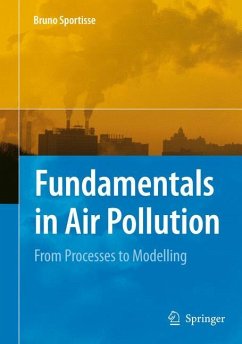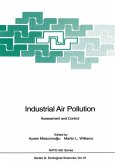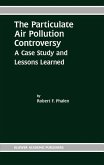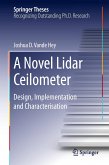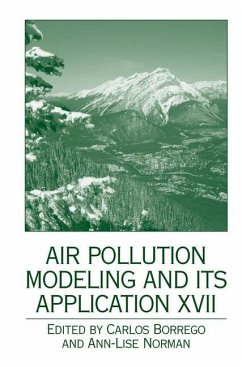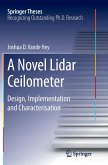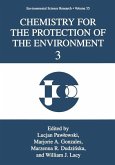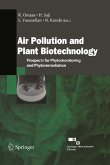This text is intended to be used in a lecture course for college students in air quality, with a focus on modelling challenges. The key current issues are discussed within six chapters: basic principles and classification of air pollution, radiative transfer, atmospheric boundary layer, gas-phase chemistry, aerosols and multiphase processes, and chemistry transport models and numerical simulation, respectively.
The book starts with the basic principles of physics, chemistry and fluid mechanics, and is written in an understandable way for students. Through simple exercises and realistic problems (the answers are included) the state-of-the-science prevailing issues is investigated.
Audience
This book is intended for students in environmental science, meteorology, in the fields of climatic change and air pollution, geophysics and engineering. It may also be a good survey book for researchers active in the field.
- Concise and comprehensive overview of airquality
- Includes exercises and problem sets with detailed solutions
The book starts with the basic principles of physics, chemistry and fluid mechanics, and is written in an understandable way for students. Through simple exercises and realistic problems (the answers are included) the state-of-the-science prevailing issues is investigated.
Audience
This book is intended for students in environmental science, meteorology, in the fields of climatic change and air pollution, geophysics and engineering. It may also be a good survey book for researchers active in the field.
- Concise and comprehensive overview of airquality
- Includes exercises and problem sets with detailed solutions
From the reviews:
"Chapters cover atmospheric particulates, aerosol dynamics, and the use of numerical simulation and chemistry transport models. ... The work includes about 70 challenging exercises (with solutions) that make it especially useful for self-study by professionals from other fields who wish to review this topic. Valuable for libraries that support programs in environmental chemistry, geophysics, meteorology, and air pollution engineering. Summing Up: Highly recommended. Upper-division undergraduates through professionals/practitioners." (H. E. Pence, Choice, Vol. 47 (11), July, 2010)
"Chapters cover atmospheric particulates, aerosol dynamics, and the use of numerical simulation and chemistry transport models. ... The work includes about 70 challenging exercises (with solutions) that make it especially useful for self-study by professionals from other fields who wish to review this topic. Valuable for libraries that support programs in environmental chemistry, geophysics, meteorology, and air pollution engineering. Summing Up: Highly recommended. Upper-division undergraduates through professionals/practitioners." (H. E. Pence, Choice, Vol. 47 (11), July, 2010)

